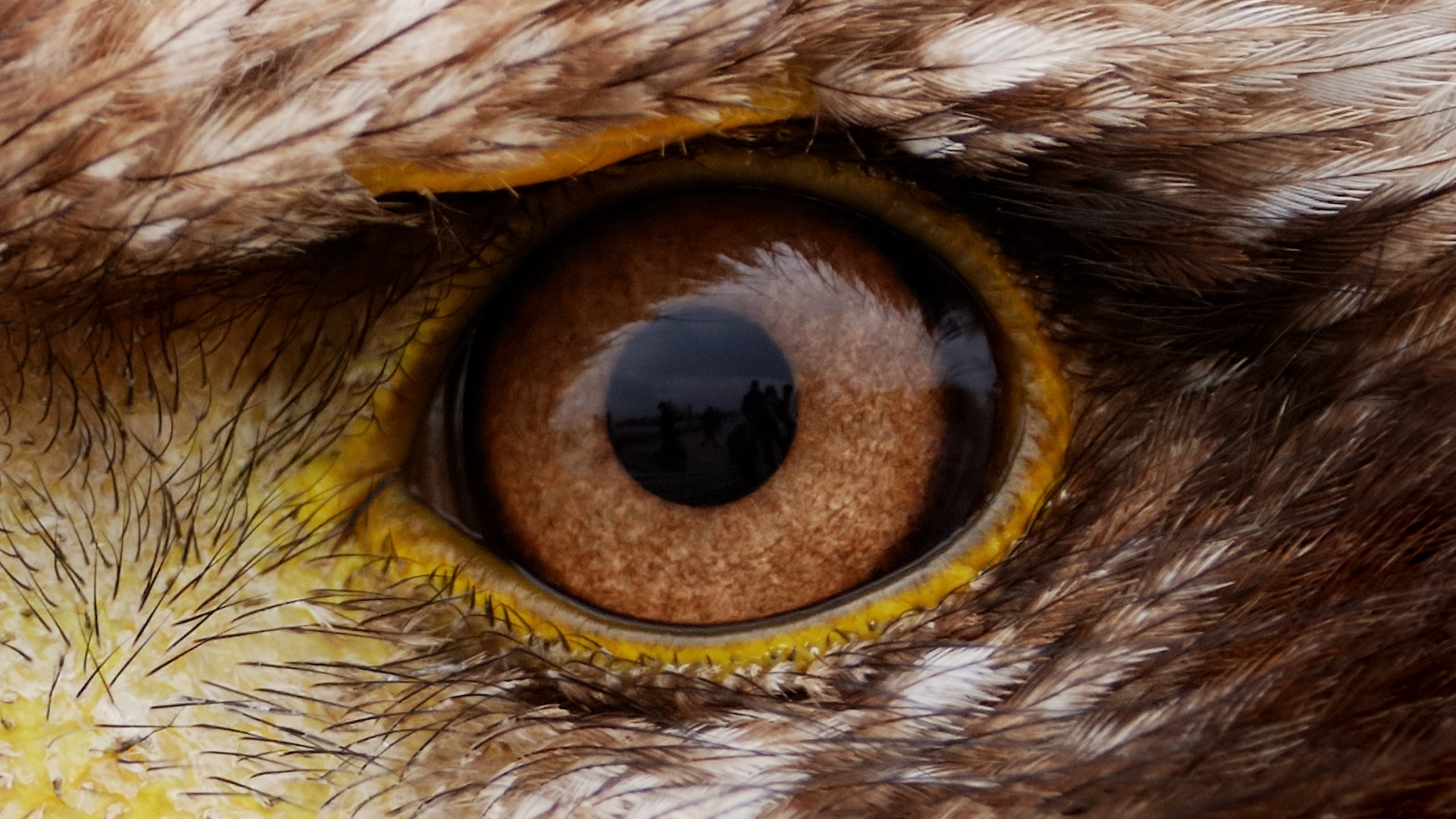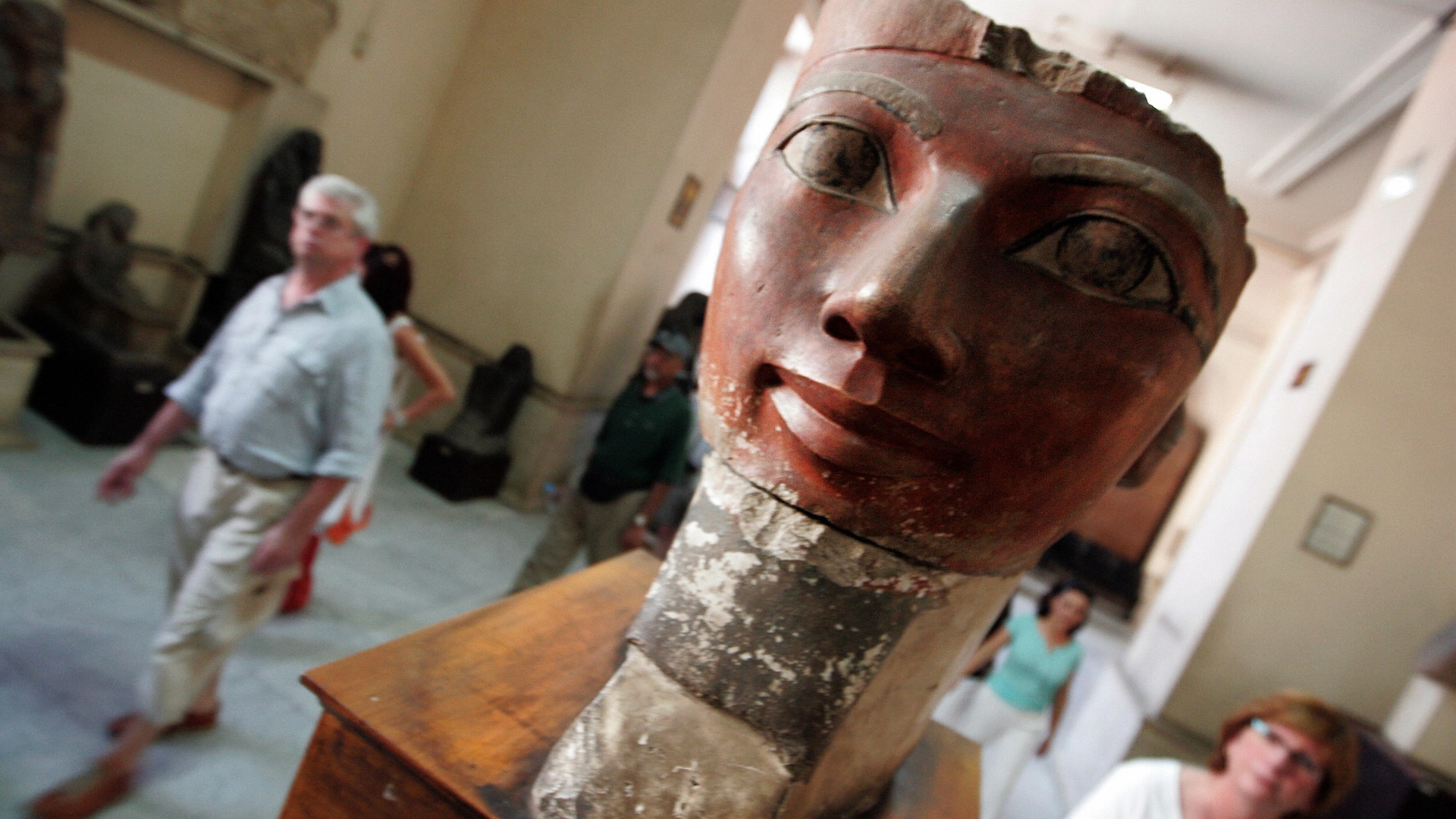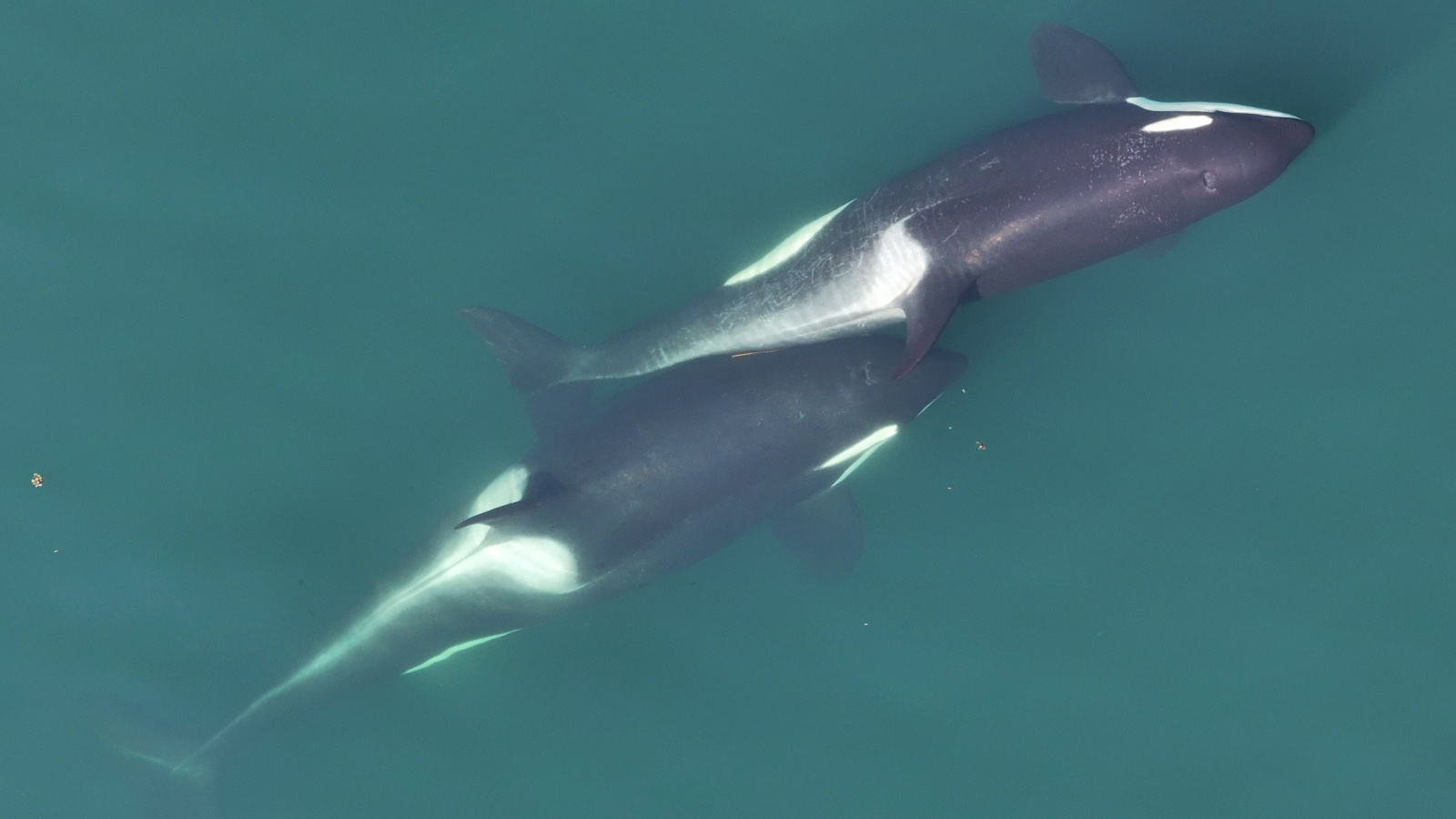This week’s science news kicked off with a staggering first look at images taken by the newly operational Vera C. Rubin Observatory in Chile. Boasting the world’s largest digital camera, Rubin’s first photo of the night sky included 10 million galaxies in and around the Virgo cluster, many of which have never been seen before.
The observatory, which will become fully operational by the end of 2025, promises to gather more data than all other existing optical observatories combined in its first year alone, representatives said in a statement. It’s hoped that this data will enable scientists to discover the locations of previously unseen asteroids and gain new insights into the properties of dark matter and dark energy, among other things.
New blood type discovered

After years of analysis and observation, scientists have identified a new blood group, called Gwada negative, that has so far only been identified in only one person on the planet.
The 68-year-old from the French overseas region of Guadeloupe became a subject of medical interest in 2011 after routine blood tests were unable to identify her blood type or any compatible matches. Roughly a decade later, and after two years of detailed genome sequencing, it was confirmed that the woman carried a previously unknown blood type thanks to a unique genetic mutation.
It is unclear how many other people carry this mutation, if any, but as it stands the patient is the only person in the world with a blood type compatible with her own.
Discover more health news
—Some early-onset cancers are on the rise. Why?
—Fungus that may have caused ‘King Tut’s curse’ shows promise in treating cancer
—New ‘breathalyzer’ could detect signs of disease in human breath, scientists say
Life’s little mysteries

From birds of prey to tiny insects, animals have evolved an impressive spectrum of visual adaptations to help them see in their environment — whether escaping predators or hunting for prey. But pinpointing exactly which animal has the best eyesight is easier said than done.
—If you enjoyed this, sign up for our Life’s Little Mysteries newsletter
Mystery of ancient Egyptian queen

Queen Hatshepsut ruled as pharaoh between 1473 and 1458 B.C. and, until recently, it was thought that after her death her nephew and successor smashed all of her statues to erase her from public memory. However, new research suggests this might not have been the case.
Researchers now say that, while Hatshepsut’s statues were indeed intentionally broken, it was not to blot out her existence. Rather, her statues are thought to have been broken to “deactivate” their supposed supernatural powers.
Discover more archaeology news
—‘God-king’ born from incest in ancient Ireland wasn’t a god or a king, new study finds
—40,000-year-old mammoth tusk boomerang is oldest in Europe — and possibly the world
Also in science news this week
—‘Pulsing, like a heartbeat’: Rhythmic mantle plume rising beneath Ethiopia is creating a new ocean
Beyond the headlines

Back in November, orcas off the coast of Washington brought back a bizarre trend that hadn’t been reported since the 1980s: balancing dead salmon on their heads. Now, the same orca pod has been filmed giving each other “massages” with seaweed, a behavior that has never been reported before.
The footage shows the orcas breaking off sections of bull kelp (Nereocystis luetkeana), pressing the stems against the body of another orca and rolling the kelp between their bodies, in what seems to be a newly described grooming ritual.
The researchers believe it is the first example of tool manufacture by marine mammals, the first known tool used in wild animals that benefits two individuals at once, and the first time non-human animals have been observed manipulating a tool with the core of their bodies, rather than an appendage.
Something for the weekend
If you’re looking for something a little longer to read over the weekend, here are some of the best long reads, book excerpts and interviews published this week.
—The San Andreas Fault: Facts about the crack in California’s crust that could unleash the ‘Big One’ (Fact file)
—How to photograph your microscope specimens (Feature)
And something for the skywatchers
—You can see a giant ‘hole’ shoot across Saturn this summer — and it won’t happen again until 2040
Science in pictures

Mysterious patterns on Mars, spanning up to 12 miles (20 kilometers), have been photographed up close for the first time. The spiderweb-like structures, known as “boxwork,” are made up of criss-crossing ridges of mineral-rich rock that scientists believe may have been left behind by ancient groundwater on the Red Planet.
The web-like structures were photographed by NASA‘s Curiosity rover, and scientists hope that studying them up close could reveal more about Mars’ watery past and provide clues about whether the planet once harbored life.
Want more science news? Follow our Live Science WhatsApp Channel for the latest discoveries as they happen. It’s the best way to get our expert reporting on the go, but if you don’t use WhatsApp, we’re also on Facebook, X (formerly Twitter), Flipboard, Instagram, TikTok, Bluesky and LinkedIn.






